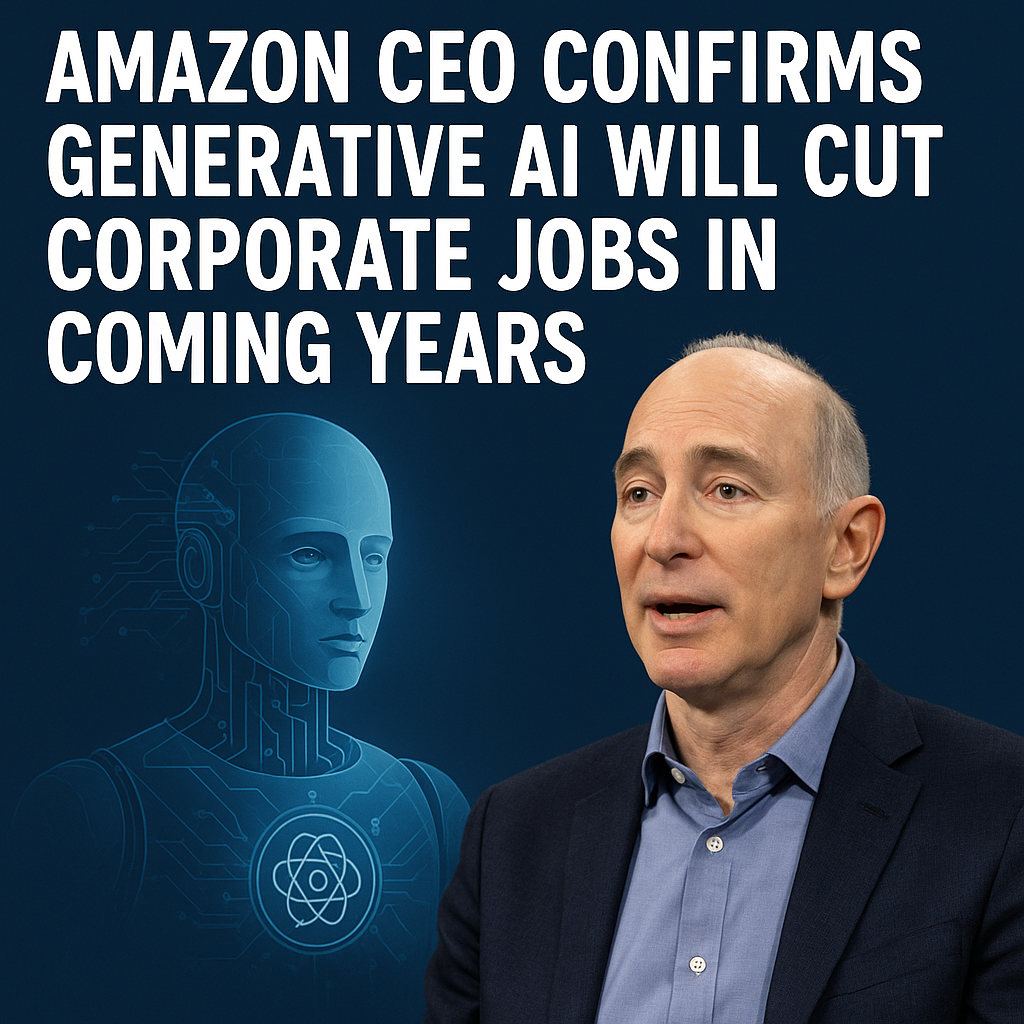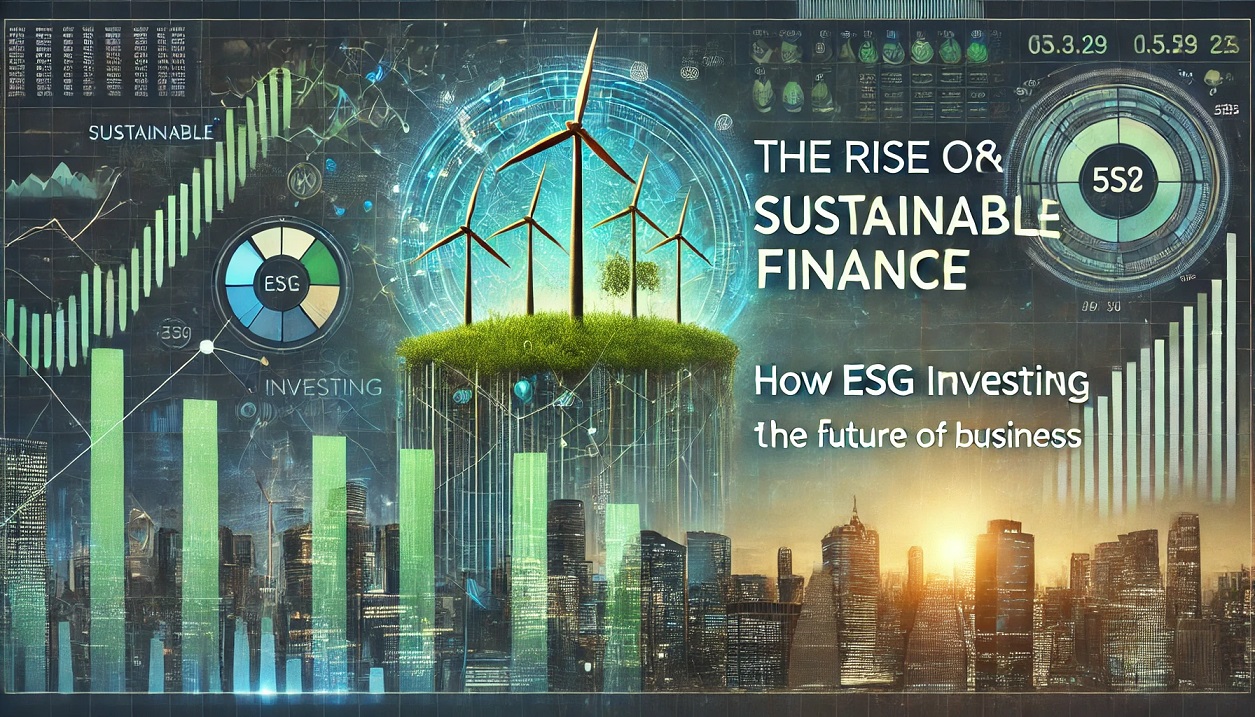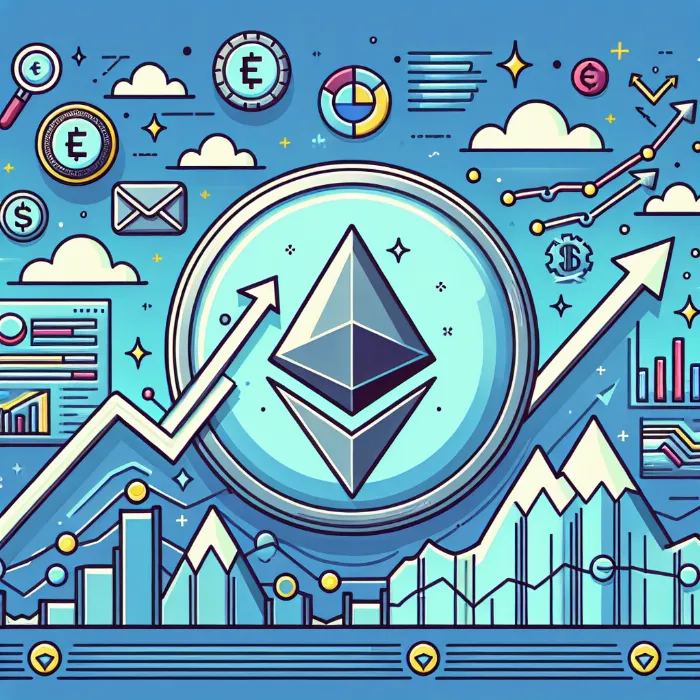The U.S. Federal Reserve has kept interest rates unchanged for the fourth consecutive time, even as global markets reel from rising trade tensions and newly imposed tariffs. The central bank cited persistent inflation concerns and uncertain global economic conditions as key reasons for maintaining the current rate levels.
In a widely anticipated yet politically charged decision, the U.S. Federal Reserve chose to keep interest rates steady for the fourth consecutive time, holding the federal funds rate at 4.25% to 4.50%. This decision, made during the Federal Open Market Committee (FOMC) meeting on June 18, 2025, reflects the central bank’s cautious response to a rapidly changing economic landscape marked by rising inflation threats and growing global trade tensions.
Fed Chair Jerome Powell emphasized that while the labor market remains resilient and consumer spending is relatively stable, inflationary pressures fueled by a new wave of U.S. tariffs and global supply shocks have introduced significant uncertainties. Powell stressed that any rate move must be data-driven, not politically influenced, even as the White House increases its attacks on the central bank’s policy stance.
📊 What Led to This Decision?
The Federal Reserve's announcement came amid growing anxieties over the economic impact of newly imposed trade tariffs on several major economies. President Donald Trump’s administration recently escalated trade restrictions, imposing stiff levies on Chinese electronics, European car parts, and certain South American agricultural imports. These moves are designed to protect domestic industries but are also expected to raise prices for consumers and slow supply chains, potentially pushing inflation higher in the coming quarters.
According to Powell, although inflation remained around 2.4% in May, it is projected to rise to 3.0% or more by the end of 2025, well above the Fed’s target of 2%. The committee also revised down its GDP growth forecast for 2025 to 1.4%, reflecting anticipated slowdowns in both domestic and global economic activity. Meanwhile, the unemployment rate is projected to inch up to 4.5%, signaling potential softness in the labor market.
Despite these headwinds, the central bank chose to wait and observe how the economy absorbs the new tariffs before making further policy changes. Powell called the situation “highly dynamic,” adding that the full impact of trade policy will likely take months to unfold.
🧨 Tariffs Fueling Inflation Fears
The centerpiece of concern during the FOMC meeting was the tariff turmoil. The Biden–Trump administration's aggressive trade moves have sparked both domestic and international backlash. Critics argue that the tariffs could reverse hard-earned progress on inflation, which had only recently begun to cool after years of pandemic-era disruptions and post-pandemic demand spikes.
These trade policies are already affecting key sectors. In the past two months, importers rushed to bring in goods ahead of expected price hikes, causing a 41% year-over-year spike in container traffic at major U.S. ports. Retailers, auto manufacturers, and agricultural suppliers have voiced concern that tariff-driven cost increases will soon hit store shelves, affecting everything from smartphones to milk.
While tariffs are designed to protect American workers and industries, the short-term reality is likely higher consumer prices, which complicates the Fed’s already delicate inflation management. Powell and his colleagues are now in the uncomfortable position of holding off on interest rate cuts that might be needed to stimulate slowing growth, for fear of igniting another inflationary wave.
🗣️ Political Heat from the White House
Fed independence has come under renewed scrutiny as President Trump ratcheted up public attacks on Jerome Powell. The president labeled Powell as “stupid” and “incompetent,” frustrated by the Fed’s refusal to preemptively cut rates in the face of market jitters and trade-driven uncertainty.
In one of his most controversial remarks to date, Trump suggested that if Powell’s term were to expire soon, he might consider appointing himself as Fed Chair, sparking both legal questions and market unease. Powell, for his part, dismissed the rhetoric and doubled down on the Fed’s institutional independence, assuring the press and public that “our mandate comes from the data, not from any politician.”
The political friction adds a new layer of complexity to monetary policymaking. The Fed must now act not only to manage inflation and employment but also to maintain its credibility in the eyes of investors, analysts, and the broader public.
📈 How the Markets Reacted
Market reaction was mixed but largely muted. The S&P 500 traded flat, while the Dow Jones Industrial Average slipped slightly. Bond markets responded cautiously, with 10-year Treasury yields rising modestly, reflecting concerns about inflation persistence and the Fed’s perceived hawkishness.
Futures markets are currently pricing in a high probability of two rate cuts before the end of 2025, likely in September and December. However, traders remain divided, with some expecting the Fed to delay cuts further into 2026 if inflation accelerates faster than expected.
Investors are now watching closely for upcoming Personal Consumption Expenditures (PCE) and Consumer Price Index (CPI) reports, which will offer fresh insight into whether Powell’s inflation warnings hold merit.
🔮 Looking Ahead: What to Expect
If inflation does rise as predicted due to tariffs, and if economic growth continues to soften, the Fed may be forced to make a tough call later this year. Should it prioritize combating inflation by keeping rates high, or should it pivot toward supporting growth and labor markets, possibly inviting inflation to linger longer?
For now, the Fed has kept its options open. Powell confirmed that “two rate cuts remain on the table for 2025,” provided inflation data stabilizes. However, that depends heavily on whether the effects of the tariffs are transitory or lasting.
The Fed also reiterated that it will continue to reduce its $7.5 trillion balance sheet, albeit at a slightly slower pace, to avoid tightening financial conditions too rapidly.
💡 What It Means for Americans
For everyday Americans, the Fed’s decision means that interest rates on mortgages, credit cards, and loans are likely to remain high for at least a few more months. This could dampen consumer spending, especially heading into the holiday season.
At the same time, savers may benefit from higher yields on savings accounts and CDs, at least in the short term.
If the Fed does begin to cut rates later in the year, it may offer some relief to borrowers and revive investment enthusiasm. But much of that depends on how severe the inflation surge becomes and whether tariff-driven shocks are temporary or sustained.
✅ Conclusion: A Tense Standoff Continues
The Federal Reserve’s decision to hold interest rates for a fourth time reflects a strategic, data-centric approach during one of the most uncertain economic periods in recent history. Balancing inflation, trade shocks, political pressure, and market expectations is no small feat.
Powell and the FOMC are making it clear: they won’t be rushed into a decision by short-term noise or political rhetoric. But they are watching every development—especially in inflation data, labor reports, and trade conditions—with a keen eye.

















Comments 0